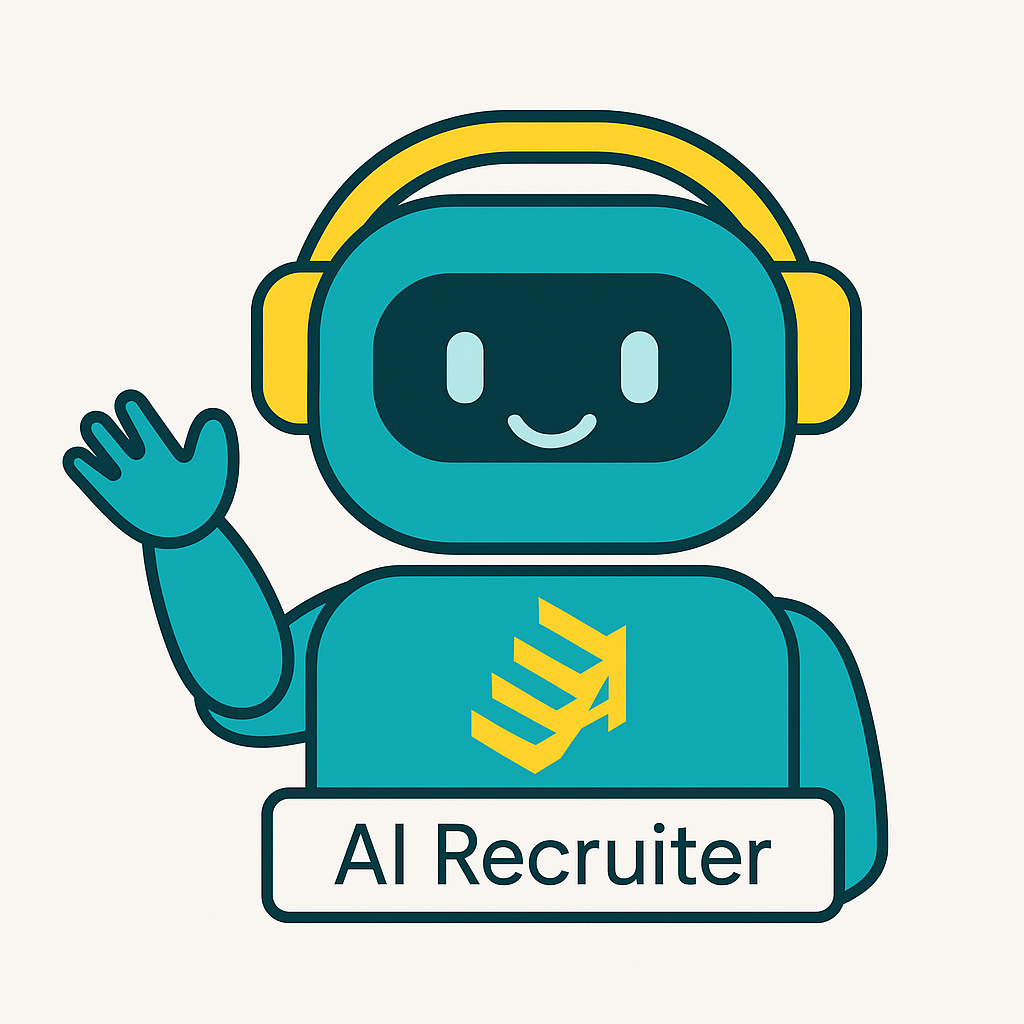How autonomous AI agents are taking recruitment efficiency to the next level
On Monday morning, Heather, a senior recruiter at a mid-sized tech firm, sat down with her coffee, expecting a busy day ahead. Before she even opened her laptop, her recruiting assistant, an AI agent, had already sourced 18 new candidates for her hardest-to-fill role, personalized outreach emails for each, and scheduled phone screens with five who replied overnight. It even rescheduled an interview after noticing a conflict in the hiring manager’s calendar and sent a warm “looking forward to speaking with you” message to the candidate. Heather hadn’t lifted a finger yet, but her pipeline had already moved forward.
This is the power of agentic AI. Unlike traditional AI tools that wait for you to issue a command, agentic AI takes initiative. It works toward your recruiting goals, continuously anticipating needs, making decisions within set boundaries, and executing without constant supervision. Think of it less like a tool you use and more like a proactive digital coworker who doesn’t sleep, doesn’t forget, and knows exactly what to do next.
In recruiting, agentic AI might monitor job boards and professional networks, identify promising candidates as soon as they update their profiles, and add them to your ATS automatically. It could draft and send personalized outreach messages, follow up with non-responders at just the right time, and coordinate interviews by checking everyone’s availability and handling rescheduling if conflicts pop up. It might even send occasional check-ins to keep warm candidates engaged, alerting you the moment they become active again.
The distinction between AI augmentation and agentic AI comes down to initiative. Augmentation is reactive; you tell it what to do. Agentic AI is proactive; it pursues your objectives even when you’re not looking. It’s the difference between saying, “Find me 20 Java developers with AWS experience,” and receiving, “Here’s an updated list of 25 Java developers we found this week, plus three who just started job hunting.”
The benefits for recruiters are clear. First, continuous operation means your pipeline moves 24/7. Second, speed-to-hire improves because sourcing, outreach, and scheduling happen in parallel. Third, it reduces mental load so that you can focus on higher-value activities. And fourth, it can proactively flag problems like a stalled hiring manager review before they slow you down.
Some early tools already offer agentic capabilities. One prominent provider continuously analyzes interview notes and candidate feedback to surface insights for hiring teams. Another automates screening, scheduling, and follow-up messaging without manual prompts. Still another actively sources and sequences outreach, adjusting based on response data. This solution also engages candidates through conversational AI and keeps them engaged until the final decision.
Of course, with more autonomy comes a need for clear boundaries. Agentic AI should have a defined scope of work, maintain human oversight for hiring decisions, and align with your employer brand in tone and approach. Performance should be monitored just like you would for a human teammate.
Getting started can be simple. Identify one repetitive, high-impact workflow, like candidate outreach or scheduling and pilot an agentic AI tool there first. Choose a platform with strong integration capabilities, run the pilot with real candidates, measure the results, and expand gradually as you see ROI.
There are risks: over-automation can create a robotic candidate experience, poorly timed messages can harm your brand, and without bias auditing, AI may replicate past hiring inequities. Data privacy laws like GDPR and CCPA must be observed. The best implementations combine automation with human judgment and regular oversight.
Agentic AI isn’t replacing recruiters, but it is redefining the role. In the future, recruiters may focus more on advising hiring managers, managing strategy, and nurturing high-value relationships, while AI keeps the wheels of sourcing, scheduling, and follow-up spinning in the background. The companies that embrace this technology thoughtfully, balancing speed and personalization, will stand out in a competitive hiring market.






